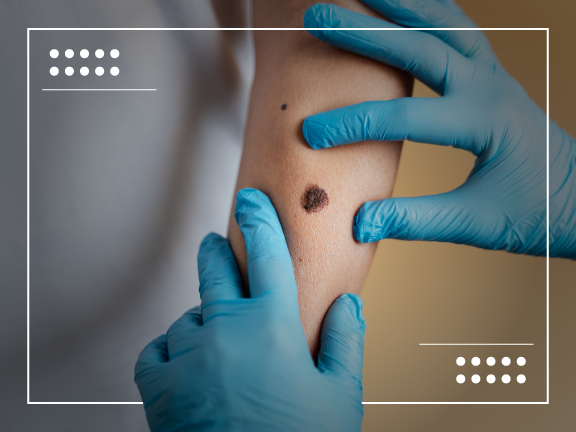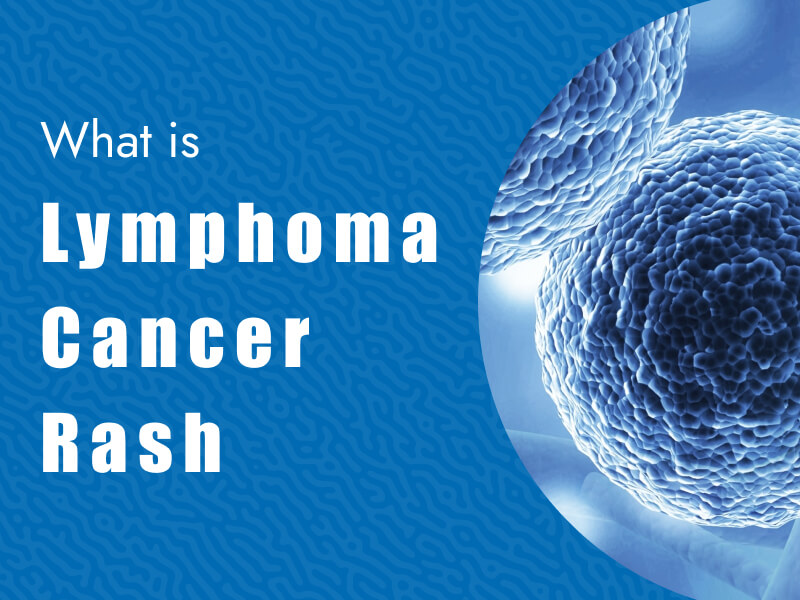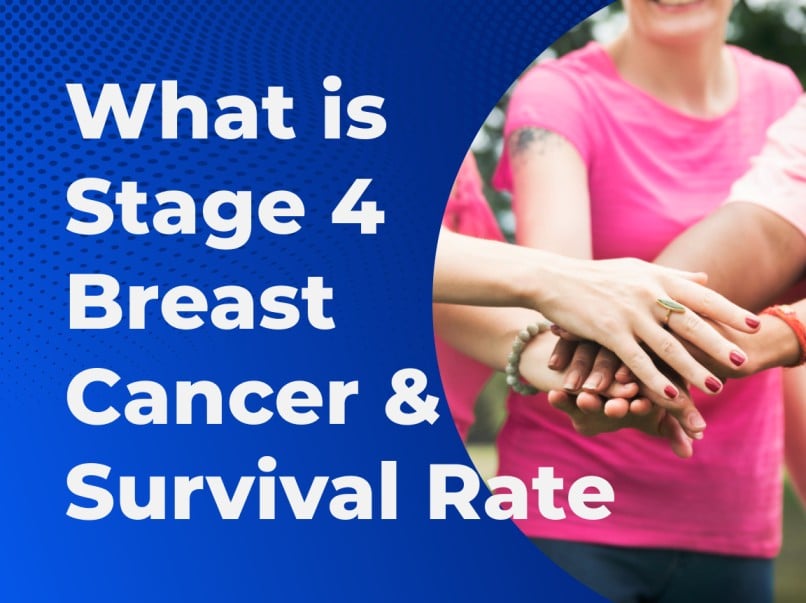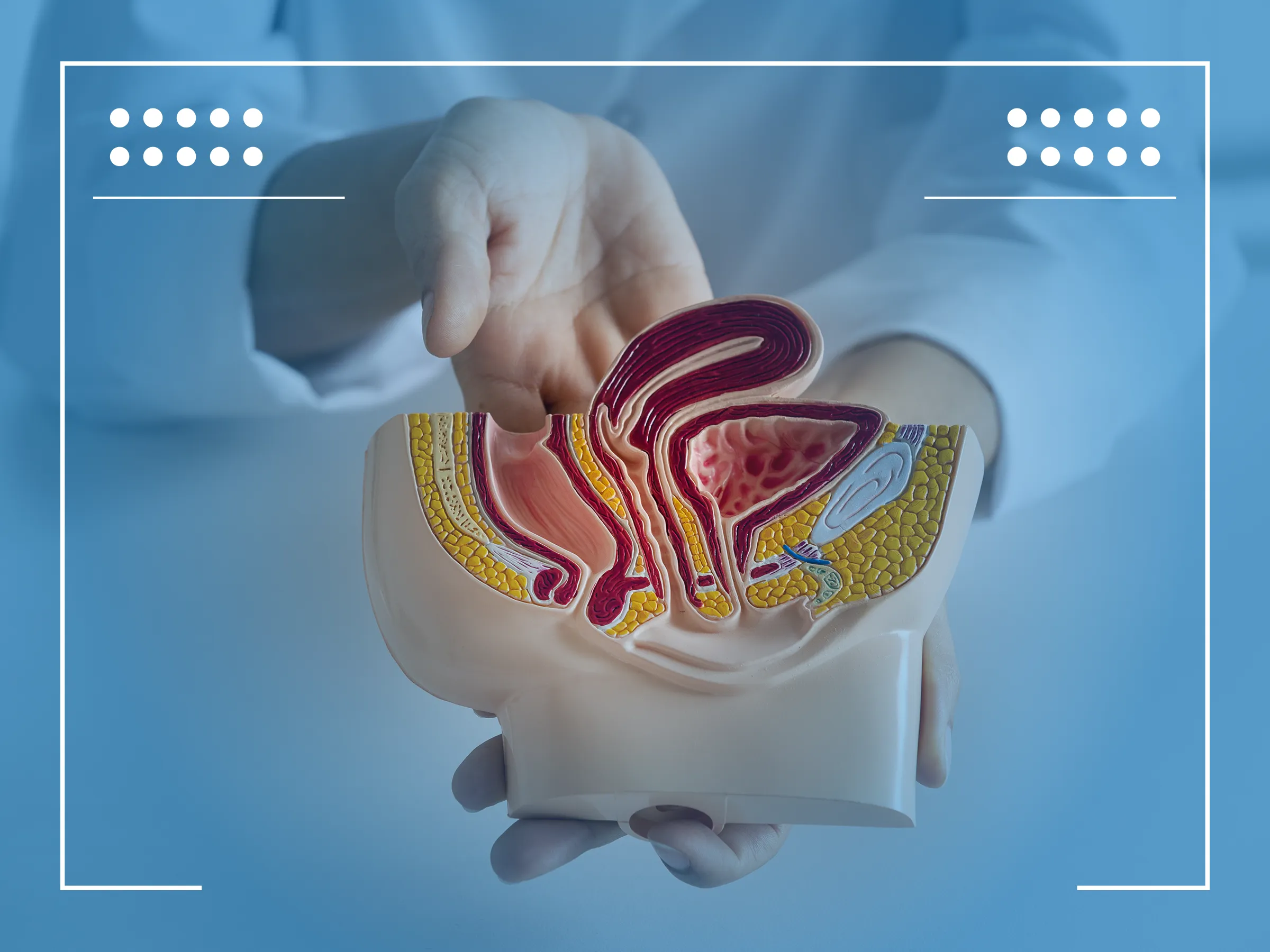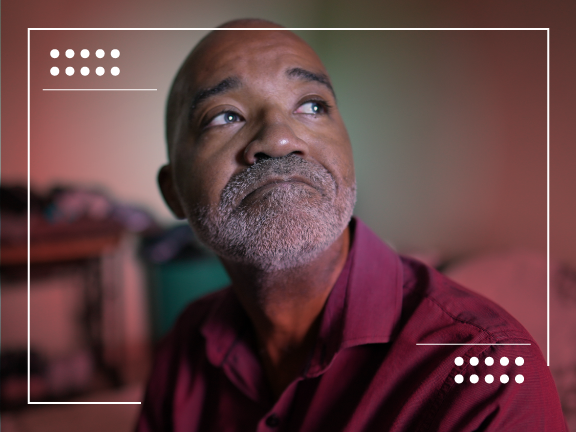What are the Treatment Options for Non-Small Cell Lung Cancer?
The treatment options for non-small cell lung cancer (NSCLC) are based mainly on the stage (extent) of the cancer, but other factors, such as a person’s overall health and lung function, as well as certain traits of the cancer itself, are also important. In many cases, more than one type of treatment is used.
Surgery for Non-Small Cell Lung Cancer
Surgery to remove the cancer might be an option for early-stage NSCLC. It provides the best chance to cure the disease. But, lung cancer surgery is a complex operation that can have serious consequences, so it should be done by a surgeon who has a lot of experience operating on lung cancers.
If your doctor thinks the cancer can be treated with surgery:
- Pulmonary function tests will be done to see if you would still have enough healthy lung tissue left after surgery
- Tests will be done to check the function of your heart and other organs to be sure you’re healthy enough for surgery
- Your doctor will want to check if the cancer has already spread to the lymph nodes between the lungs. This is often done before surgery with mediastinoscopy or another technique.
Radiofrequency Ablation (RFA) for Non-Small Cell Lung Cancer
Radiofrequency ablation (RFA) might be considered for some people with small lung tumors that are near the outer edge of the lungs, especially if they can’t tolerate surgery.
RFA uses high-energy radio waves to heat the tumor. A thin, needle-like probe is put through the skin and moved in until the tip is in the tumor. Placement of the probe is guided by CT scans. Once the tip is in place, an electric current is passed through the probe, which heats the tumor and destroys the cancer cells.
RFA is usually done as an outpatient procedure, using local anesthesia (numbing medicine) where the probe is inserted. You may be given medicine to help you relax as well.
You might have some pain where the needle was inserted for a few days after the procedure. Major complications are uncommon, but they can include the partial collapse of a lung (which often goes away on its own) or bleeding into the lung.
Radiation Therapy for Non-Small Cell Lung Cancer
Radiation therapy uses high-energy rays or particles to kill cancer cells.
Depending on the stage of the NSCLC and other factors, radiation therapy might be used:
- As the main treatment (sometimes along with chemotherapy), especially if the lung tumor can’t be removed because of its size or location, if a person isn’t healthy enough for surgery, or if a person doesn’t want surgery.
- After surgery (alone or along with chemotherapy) to try to kill any small areas of cancer that surgery might have missed.
- Before surgery (usually along with chemotherapy) to try to shrink a lung tumor to make it easier to operate on.
- To treat cancer that has spread to other areas such as the brain or bone.
- To relieve (palliate) symptoms of advanced NSCLC such as pain, bleeding, trouble swallowing, cough, or problems caused by spread to other organs such as the brain.
Chemotherapy for Non-Small Cell Lung Cancer
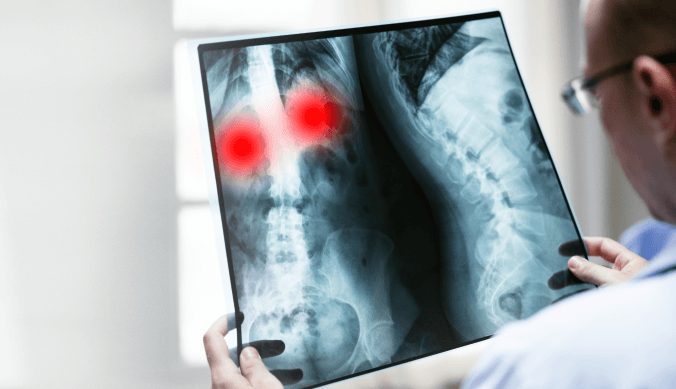
Not all people with NSCLC will need chemo, but depending on the cancer’s stage and other factors, chemo may be recommended in different situations:
- Before surgery (neoadjuvant chemotherapy): Neoadjuvant chemo may be used (sometimes with radiation therapy) to try to shrink a tumor to remove it with less extensive surgery.
- After surgery (adjuvant chemotherapy): Adjuvant chemo may be used (sometimes with radiation therapy) to try to kill any cancer cells that might have been left behind or have spread but can’t be seen even on imaging tests.
- For locally advanced NSCLC: Sometimes, chemo along with radiation therapy is given as the main treatment for more advanced cancers that have grown into nearby structures so that surgery is not an option or for people who aren’t healthy enough for surgery.
- For metastatic (stage IV) NSCLC: Chemo may be given for lung cancer that has spread to areas outside the lung such as the bones, liver, or adrenal gland.
Chemo is often not recommended for patients in poor health, but advanced age by itself is not a barrier to getting chemo.
Targeted Drug Therapy for Non-Small Cell Lung Cancer
As researchers have learned more about the changes in NSCLC cells that help them grow, they have developed drugs to specifically target these changes. Targeted drugs work differently from standard chemotherapy (chemo) drugs. They sometimes work when chemo drugs don’t, and they often have different side effects. At this time, targeted drugs are most often used for advanced lung cancers, either along with chemo or by themselves.
Immunotherapy for Non-Small Cell Lung Cancer
Immunotherapy is the use of medicines to help a person’s own immune system to recognize and destroy cancer cells more effectively.
An important part of the immune system is its ability to keep itself from attacking normal cells in the body. To do this, it uses “checkpoint” proteins on immune cells, which act like switches that need to be turned on (or off) to start an immune response. Cancer cells sometimes use these checkpoints to avoid being attacked by the immune system.
Drugs that target these checkpoints (called checkpoint inhibitors) can be used to treat some people with NSCLC.
Treatment Choices for Non-Small Cell Lung Cancer, by Stage
The treatment options for non-small cell lung cancer (NSCLC) are based mainly on the stage (extent) of the cancer, but other factors, such as a person’s overall health and lung function, as well as certain traits of the cancer itself, are also important.
If you smoke, one of the most important things you can do to be ready for treatment is to try to quit. Studies have shown that patients who stop smoking after a diagnosis of lung cancer tend to have better outcomes than those who don’t.
Treating Stage 0 NSCLC
Because stage 0 NSCLC is limited to the lining layer of the airways and has not invaded deeper into the lung tissue or other areas, it is usually curable by surgery alone. No chemotherapy or radiation therapy is needed.
If you are healthy enough for surgery, you can usually be treated by segmentectomy or wedge resection (removal of part of the lobe of the lung). Cancers in some locations (such as where the windpipe divides into the left and right main bronchi) may be treated with a sleeve resection, but in some cases, they may be hard to remove completely without removing a lobe (lobectomy) or even an entire lung (pneumonectomy).
For some stage 0 cancers, treatments such as photodynamic therapy (PDT), laser therapy, or brachytherapy (internal radiation) may be alternatives to surgery. If your cancer is truly stage 0, these treatments should cure you.
Treating Stage I NSCLC
If you have stage I NSCLC, surgery may be the only treatment you need. This may be done either by taking out the lobe of the lung that has the tumor (lobectomy) or by taking out a smaller piece of the lung (sleeve resection, segmentectomy, or wedge resection). At least some lymph nodes in the lung and in the space between the lungs will also be removed and checked for cancer.
Segmentectomy or wedge resection is generally an option only for very small stage I cancers and for patients with other health problems that make removing the entire lobe dangerous. Still, most surgeons believe it is better to do a lobectomy if the patient can tolerate it, as it offers the best chance for cure.
For people with stage I NSCLC that has a higher risk of coming back (based on size, location, or other factors), adjuvant chemotherapy after surgery may lower the risk that cancer will return. But doctors aren’t always sure how to determine which people are likely to be helped by chemo. New lab tests that look at the patterns of certain genes in the cancer cells may help with this. Studies are now being done to see if these tests are accurate.
After surgery, the removed tissue is checked to see if there are cancer cells at the edges of the surgery specimen (called positive margins). This could mean that some cancer has been left behind, so a second surgery might be done to try to ensure that all the cancer has been removed. (This might be followed by chemotherapy as well.) Another option might be to use radiation therapy after surgery.
For stage I cancers that are 4cm across, another treatment option is immunotherapy with nivolumab along with chemotherapy before surgery. Additional therapy after surgery might be needed depending on what is found at the time of surgery.
If you have serious health problems that prevent you from having surgery, you may get stereotactic body radiation therapy (SBRT) or another type of radiation therapy as your main treatment. Radiofrequency ablation (RFA) may be another option if the tumor is small and in the outer part of the lung.
Treating Stage II NSCLC
People who have stage II NSCLC and are healthy enough for surgery usually have the cancer removed by lobectomy or sleeve resection. Sometimes removing the whole lung (pneumonectomy) is needed.
Any lymph nodes likely to have cancer in them are also removed. The extent of lymph node involvement and whether or not cancer cells are found at the edges of the removed tissues are important factors when planning the next step of treatment.
After surgery, the removed tissue is checked to see if there are cancer cells at the edges of the surgery specimen. This might mean that some cancer has been left behind, so a second surgery might be done to try to remove any remaining cancer. This may be followed by adjuvant (additional) treatment with chemotherapy (chemo), possibly followed by adjuvant immunotherapy with atezolizumab for up to a year. Another option is treatment with radiation, sometimes with chemo.
Even if positive margins are not found, adjuvant chemo is usually recommended after surgery to try to destroy any cancer cells that might have been left behind. As with stage I cancers, newer lab tests now being studied may help doctors find out which patients need this adjuvant treatment, and which are less likely to benefit from it.
For stage II cancers that are larger than 4cm across, another treatment option is immunotherapy with nivolumab along with chemotherapy before surgery. Additional therapy after surgery might be needed depending on what is found at the time of surgery.
For people whose cancer cells have certain mutations in the EGFR gene, adjuvant treatment with the targeted drug osimertinib might be an option at some point as well.
If you have serious medical problems that would keep you from having surgery, you may get only radiation therapy as your main treatment.
Treating Stage IIIA NSCLC
The initial treatment for stage IIIA NSCLC may include some combination of radiation therapy, chemotherapy (chemo), and/or surgery. For this reason, planning treatment for stage IIIA NSCLC often requires input from a medical oncologist, radiation oncologist, and a thoracic surgeon. Your treatment options depend on the size of the tumor, where it is in your lung, which lymph nodes it has spread to, your overall health, and how well you are tolerating treatment.
For patients who can tolerate it, treatment usually starts with chemo, often combined with radiation therapy (also called chemoradiation). Surgery may be an option after this if the doctor thinks any remaining cancer can be removed and the patient is healthy enough.
For certain stage IIIA cancers, another treatment option is immunotherapy with nivolumab along with chemotherapy first and then surgery. Additional therapy after surgery might be needed depending on what is found at the time of surgery.
In some cases, surgery may be an option as the first treatment. This is often followed by adjuvant chemo, which in turn might be followed by adjuvant immunotherapy with atezolizumab for up to a year in some cases. Adjuvant radiation therapy might also be an option if it hasn’t been given before. For people whose cancer cells have certain mutations in the EGFR gene, adjuvant treatment with the targeted drug osimertinib might be an option at some point as well.
For people who are not healthy enough for surgery, radiation therapy, which may be combined with chemo, is often used.
If surgery, radiation, and chemoradiation are not likely to be good treatment options, an immunotherapy drug such as pembrolizumab (Keytruda) or cemiplimab (Libtayo) may be considered as the first treatment.
Treating Stage IIIB NSCLC
Stage IIIB NSCLC has spread to lymph nodes that are near the other lung or in the neck, and may also have grown into important structures in the chest. These cancers can’t be removed completely by surgery. As with other stages of lung cancer, treatment depends on the patient’s overall health. If you are in fairly good health you may be helped by chemotherapy (chemo) combined with radiation therapy (known as chemoradiation). Some people can even be cured with this treatment. If the cancer stays under control after 2 or more treatments of chemoradiation, the immunotherapy drug durvalumab (Imfinzi) can be given for up to a year to help keep the cancer stable.
Patients who are not healthy enough for this combination are often treated with radiation therapy alone, or, less often, chemo alone. If surgery, radiation, and chemoradiation aren’t likely to be good treatment options, an immunotherapy drug such as pembrolizumab (Keytruda) or cemiplimab (Libtayo) may be considered as the first treatment.
These cancers can be hard to treat, so taking part in a clinical trial of newer treatments may be a good option for some people.
Treating Stage IVA and IVB NSCLC
Stage IVA or IVB NSCLC has already spread when it is diagnosed. These cancers can be very hard to cure. Treatment options depend on where and how far the cancer has spread, whether the cancer cells have certain gene or protein changes, and your overall health.
If you are in otherwise good health, treatments such as surgery, chemotherapy (chemo), targeted therapy, immunotherapy, and radiation therapy may help you live longer and make you feel better by relieving symptoms, even though they aren’t likely to cure you.
Other treatments, such as photodynamic therapy (PDT) or laser therapy, may also be used to help relieve symptoms. In any case, if you are going to be treated for advanced NSCLC, be sure you understand the goals of treatment before you start.
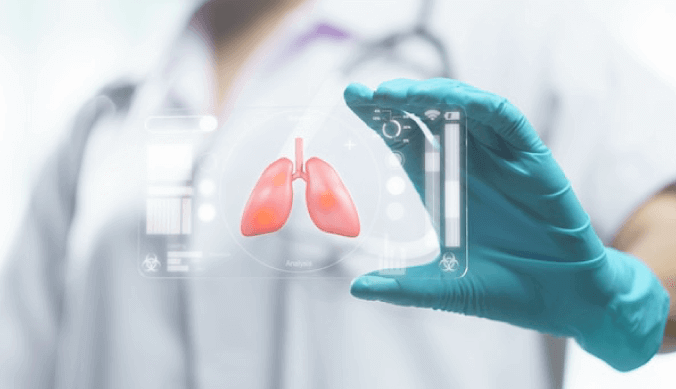
Non-Small Cell Lung Cancer Clinical Trials
NSCLC Clinical Trials are studies aimed at increasing the life span and quality of life of advanced NSCLC patients. In order to find innovative treatments or to improve existing treatments, scientists are continuously developing new methods.
NSCLC Clinical Trials offers an opportunity for patients to prolong their lifetime, improve symptoms, and halt the growth of tumors.
Sources:




